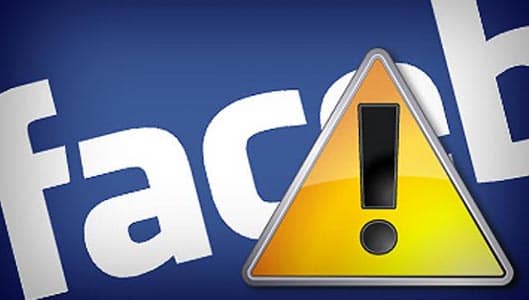Yes, Facebook HAVE clarified what you can (& cannot) post
Facebook have been at the business end of a significant number of campaigns recently, from Native Americans to angry breastfeeding moms.
It’s largely down to Facebook’s previously vague and inconsistent community standards that dictate what you can and cannot do or post onto the world’s largest social networking site.
Well Facebook have clarified those standards somewhat this week, with much more detail and attention given to some pretty controversial topics including nudity, the use of your real name and hate speech.
Nudity seems to be the top subject for most media reporting on the changes. Most of the controversy related to this subject comes from breastfeeding moms or women showing post-mastectomy scars, both of which were understandably irked when their photos were removed from violating community standards. However the new community standards now allow both, providing nipples aren’t out on show.
As expected, fully exposed buttocks, genitalia, scenes featuring sexual intercourse or explicit sexual acts or the description of sexual acts in “vivid” detail are all banned.
A big win for Native Americans, drag queens and celebrities too, who can all now use their “authentic name” – Facebook’s words. This seems to suggest users do not have to use their legal names now; instead they can use the name to which they’re most commonly known by.
Other standards like hate speech, the promotion of self-injury and suicide and threatening behaviour have all undergone clarification.
However a controversial topic that is likely to continue to give Facebook more headaches is graphic and violent content, which Facebook continue to allow on the site providing its not “celebrating or glorifying violence”.
A confusing statement, since this suggests that Facebook assumes to know the intention or motive of a user who posts graphic violence in order to then decide what to do with it, something that is often – if not mostly – going to be impossible.
It also draws some serious questions when compared to some of the other standards that have been clarified. Community standards are there to protect both Facebook and their users, and you have to ask what is more damaging for a 13 year old child to see on the social networking site – a photo of a pair of buttocks or a video of a graphic beheading or beating.
Facebook have stressed that this is all just a clarification, and not any policy change. Though their inconsistent policies – especially regarding nudity, real names and violence – suggests the clarification is just as much for their benefit as it is for their users.
Either way it’s Facebook’s latest step walking the tight rope between free speech and appropriate content. What do you think? Have Facebook got this right or are they going in the wrong direction? What more can be done? Let us know below.
Continued below...
Thanks for reading, we hope this article helped, but before you leave us for greener pastures, please help us out.
We're hoping to be totally ad-free by 2025 - after all, no one likes online adverts, and all they do is get in the way and slow everything down. But of course we still have fees and costs to pay, so please, please consider becoming a Facebook supporter! It costs only 0.99p (~$1.30) a month (you can stop at any time) and ensures we can still keep posting Cybersecurity themed content to help keep our communities safe and scam-free. You can subscribe here
Remember, we're active on social media - so follow us on Facebook, Bluesky, Instagram and X
